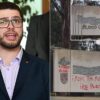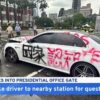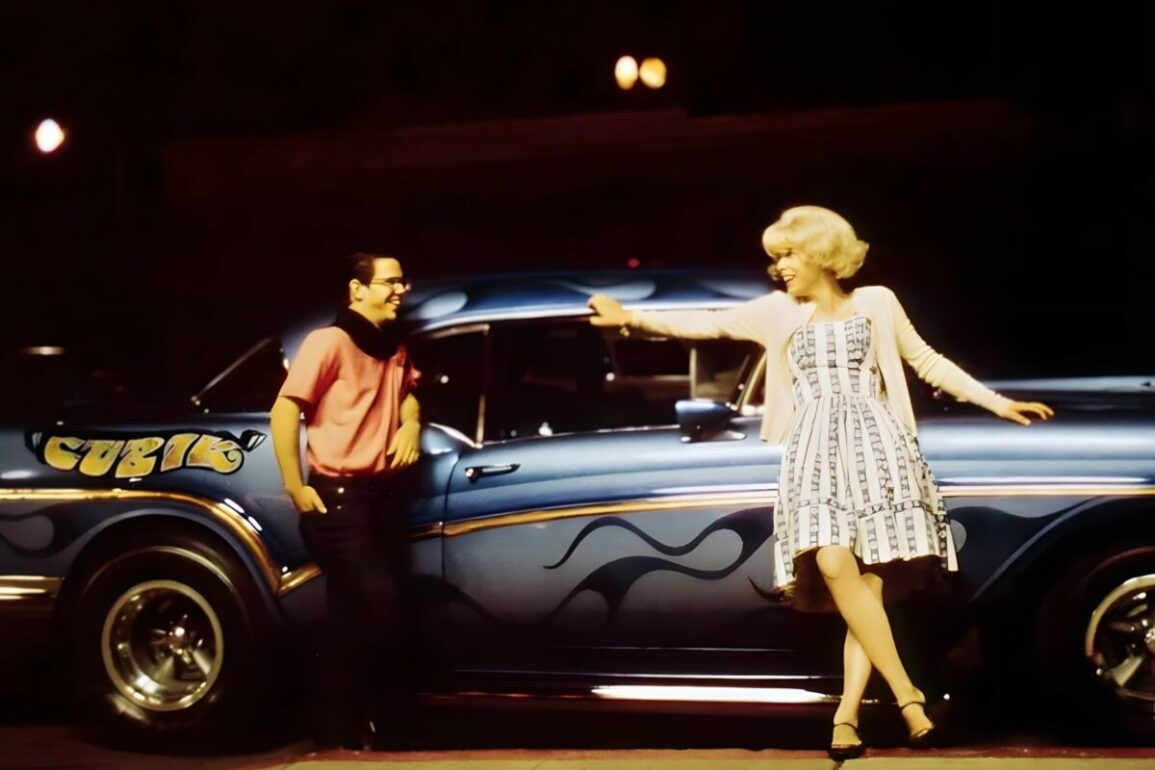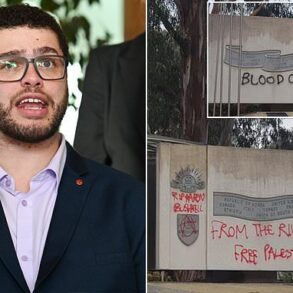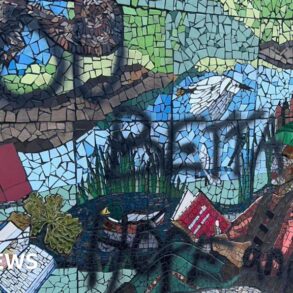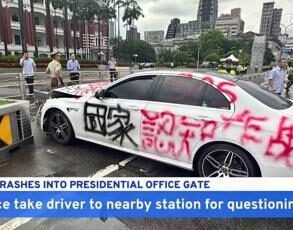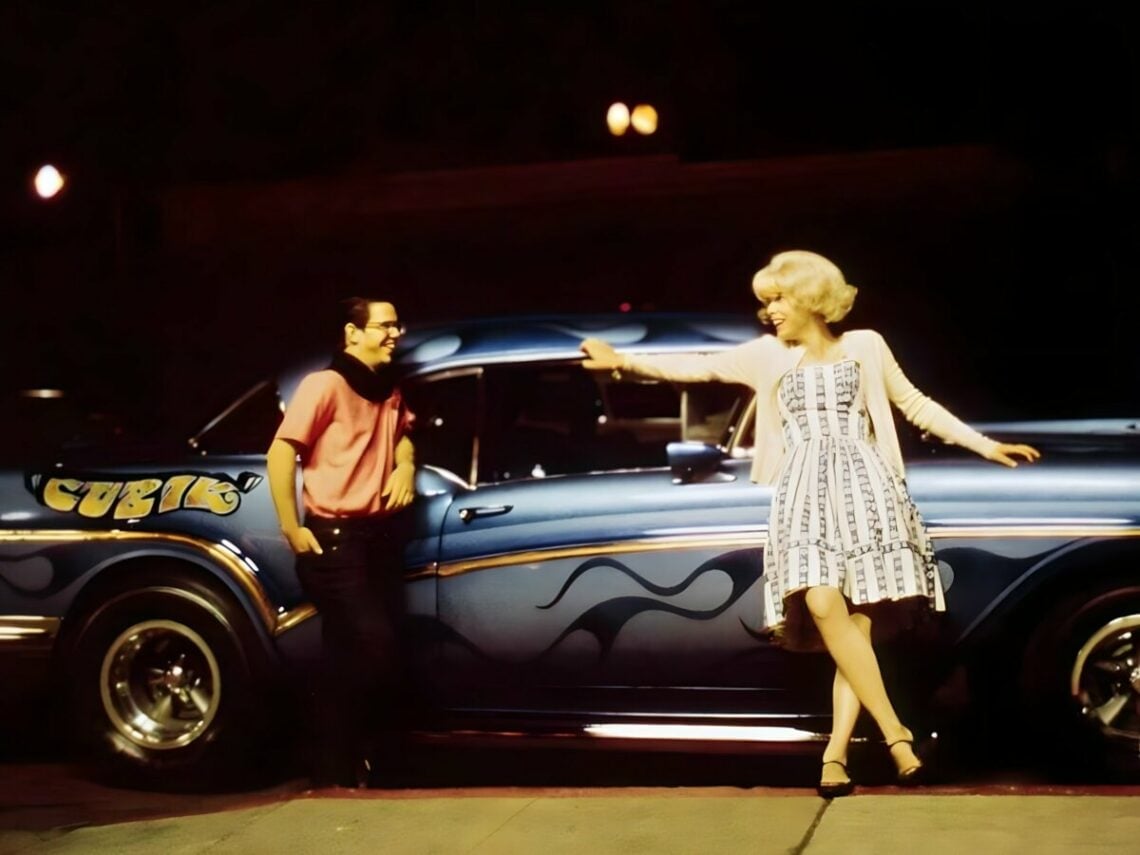
(Credit: Alamy)
For somebody that only ever directed six features, George Lucas made a hell of a mark on Hollywood. It may have been Star Wars that revolutionised the business and set him up for life, but American Graffiti played a huge part in altering the landscape of the business before he’d even set foot in a galaxy far, far away.
Of course, sci-fi was always the filmmaker’s first love, but his directorial debut didn’t go according to plan when THX 1138 underperformed at the box office. It eventually became a cult classic, but it was perhaps a little too niche for mainstream audiences and sceptical studio executives. His follow-up was pivotal, then, which forced Lucas to look inward for inspiration.
Even though it was only set a decade before its release, American Graffiti was a nostalgia-infused period piece born from Lucas’ own warm and fuzzy memories. On the last day of summer vacation, a group of friends hop in their cars and trawl the streets to keep themselves entertained, with their adolescence on the cusp of evaporating as their journey into adulthood begins in earnest.
Lucas lamented how the ‘cruising’ scene had disappeared towards the end of the decade, and used his second film as a way to shine a light on an era he and his generation missed. Folks used to hop into cars and drive around looking for girls to talk to, things to do, and experiences to stumble upon, which ended up becoming one of the major reasons why American Graffiti took off in the way that it did.
The cars from American Graffiti were almost characters in themselves, too, with Lucas drawing from his own time spent as an amateur gearhead who’d race through the streets and make friends with hot rod enthusiasts, with coupes, Thunderbirds, Chevrolets, and Corsairs key to the aesthetic and overall atmosphere he wanted to capture.
One of the biggest problems Lucas faced is that nobody wanted to make it, with the pitch being rejected by United Artists, MGM, Paramount, 20th Century Fox, and Columbia. Fortunately, he had a friend named Francis Ford Coppola who’d just made a film called The Godfather, and after he agreed to back American Graffiti as a producer Universal didn’t only agree to fund the project, but increased the budget by $175,000 based on Coppola’s involvement.
Production kicked off in June 1972, with American Graffiti beginning location filming in San Rafael, until the local authorities pulled its filming permits after 24 hours. Instead, the cast and crew relocated to nearby Petaluma to shoot the bulk of the action, along with various other Californian backdrops including San Francisco, Sonoma, Richmond, and Concord’s Buchanan Field Airport.
The making of American Graffiti was far from straightforward, a theme that continued after shooting when the studio was adamant about heavy re-edits before The Godfather winning ‘Best Picture’ at the Academy Awards convinced the suits that Coppola and Lucas were worthy of being granted some degree of oversight, but it was also the making of Lucas the director.
In addition to earning five Oscar nominations including ‘Best Picture’ and ‘Best Director’, the movie captured the zeitgeist with its short-term nostalgia, becoming the single most profitable release in cinema history. Sequel More American Graffiti was no great shakes, though, with Lucas barely involved in the process after shifting his attention to Star Wars.
It was a rocky road, but if American Graffiti hadn’t become as successful as it did, then it’s not unreasonable to suggest the future of the entire industry could have turned out completely differently looking at how his next flick turned out.
[embedded content]
Related Topics
This post was originally published on this site be sure to check out more of their content.

